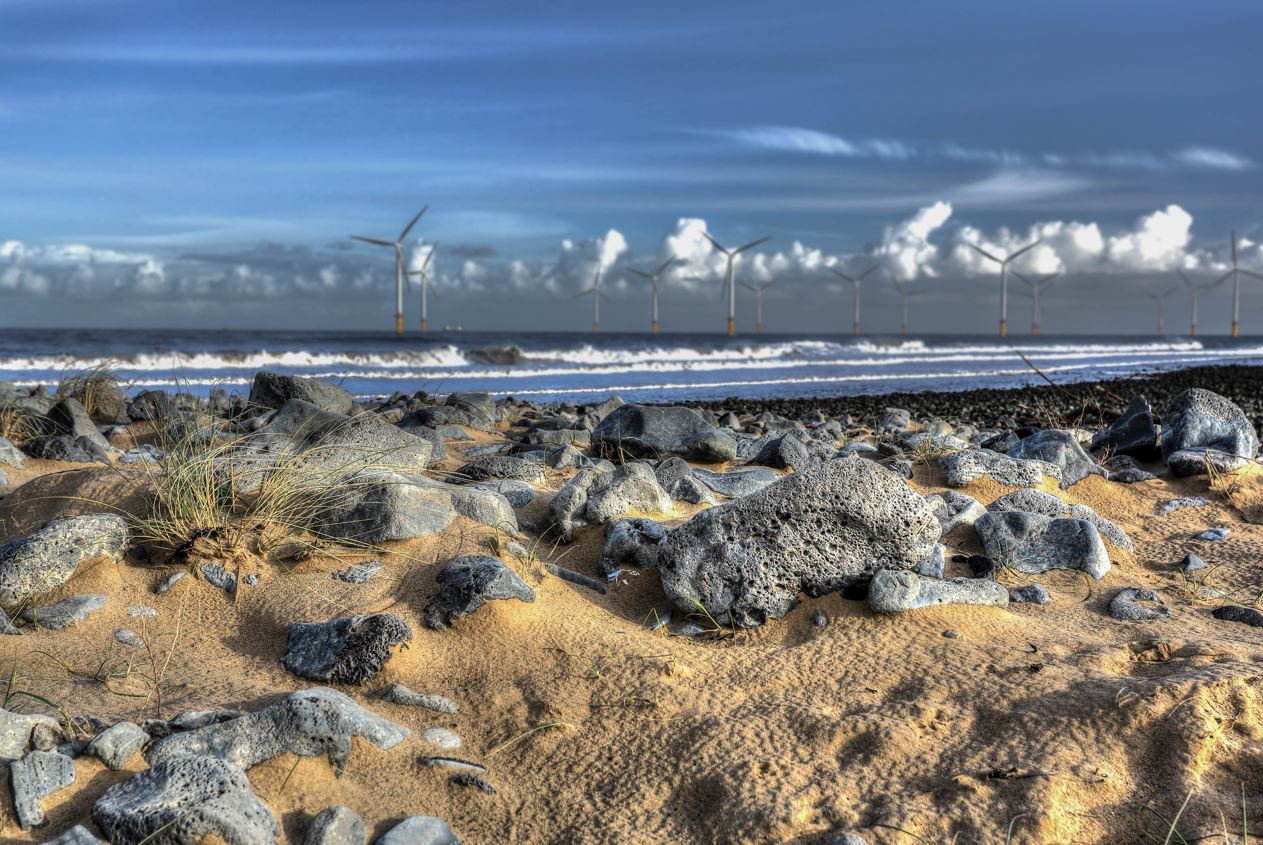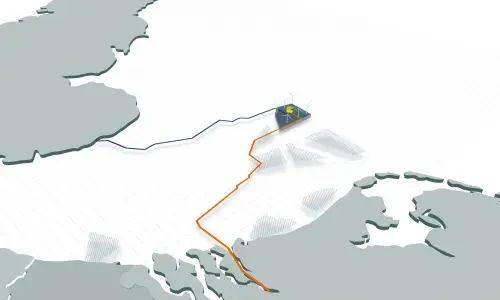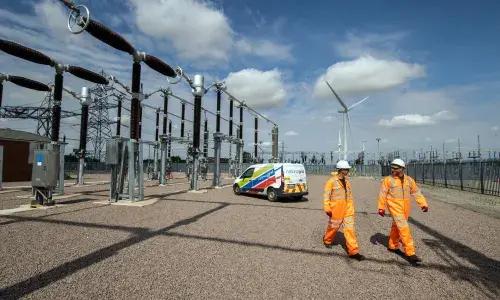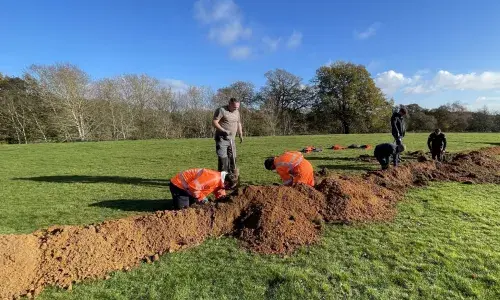
National Grid shares proposals for green electricity projects needed to boost home-grown energy supplies and progress towards net zero
- New interconnector with Netherlands and subsea cable between Suffolk and Kent will strengthen electricity supplies and transport low carbon power to homes and businesses
- 8-week public consultations will introduce the plans and ask for views of local communities
- The proposals include possible co-location of infrastructure (buildings and underground cables) to reduce the impact on local communities
- Projects form part of the electricity network upgrades identified across the UK to help deliver the government’s energy security strategy and net zero targets
National Grid is inviting communities in Suffolk and Kent to comment on proposals for two green electricity infrastructure projects which will help deliver the UK’s energy security strategy and net zero targets.
The eight-week consultations, which start on 24 October, share proposals for Eurolink, a subsea electricity cable between Great Britain and the Netherlands, and Sea Link, a subsea electricity cable between Suffolk and Kent.
Developed by National Grid Ventures, the Eurolink multi-purpose interconnector (MPI) is designed to harness the increasing volumes of offshore wind power in the North Sea and has the potential to power approximately 1.8 million homes. It will enable the connection of offshore wind farms to both the British and Dutch electricity grids via an interconnector, enabling the transport of clean electricity from where it’s produced to where it’s needed most.
Developed by National Grid Electricity Transmission, Sea Link will add additional capacity to the electricity network in Suffolk and Kent, enabling low carbon and green energy to power local homes and businesses and be transported around the country. The proposals outline a preferred route of 10km of onshore and 140km of undersea cables, together with potential landfall and converter station locations at the proposed Friston substation in Suffolk and in Richborough in Kent.
Consulting on both schemes together gives local communities the chance to see how proposed infrastructure in the region links together, and the potential opportunities for co-locating elements of each scheme such as project buildings and underground cables.
Last year, National Grid Ventures also ran a non-statutory consultation on Nautilus, a proposed MPI linking Britain and Belgium, which proposed a connection at Friston. National Grid Ventures is now investigating the potential to move the Nautilus MPI project to the Isle of Grain in Kent.
Much of the UK’s electricity network was built in the 1960s, when the country was more reliant on fossil fuels. Today, we need to connect huge volumes of renewable power – such as offshore wind – to the network, to help deliver the government’s energy security strategy and net zero targets and to transition to a cleaner, more affordable, and more independent energy system. New infrastructure and network upgrades are necessary to get the new clean energy from where it’s generated to where it’s needed. In addition to these proposals in Suffolk and Kent (and the East Anglia GREEN proposals, which are currently being consulted on) the need for new network infrastructure has also been identified in North and South Wales, the Scottish Islands and West Coast, the East Coast of Scotland and Aberdeenshire, Lancashire, North-East England, and Yorkshire & Humber.
Sea Link programme director Mike Elmer and Eurolink project director Phil Sandy said:
“The government’s net zero and energy security targets mean an increase in green electricity generation such as wind, solar and nuclear power. Harnessing the full potential of British and European clean energy resources enables us to be less dependent on global fossil fuels like natural gas.
Our proposals for Sea Link and Eurolink will enable this clean electricity to connect to the grid and power homes and businesses, boosting our home-grown energy supplies and progress towards net zero.
We understand that plans for new infrastructure can cause concern in nearby communities. We hope that by co-locating elements of each project we can reduce the impact of new development on the local area. This launch is the beginning of our work engaging with communities and stakeholders and we encourage people to come forward and share their views.”
Both projects are designated as Nationally Significant Infrastructure Projects and require a special type of planning application; a Development Consent Order (DCO). An independent panel of inspectors is appointed to review the plans of any DCO application. The inspectors issue a recommendation to the Secretary of State for Business, Energy and Industrial Strategy, who makes the final decision whether to grant planning permission. National Grid anticipates submitting a DCO application for each project in 2024.
Members of the public can take part in the consultations and speak with National Grid’s team by attending consultation events and online webinars, or by visiting the Sea Link or Eurolink websites. Paper copies of consultation materials will also be available to view at several locations in the local area.


